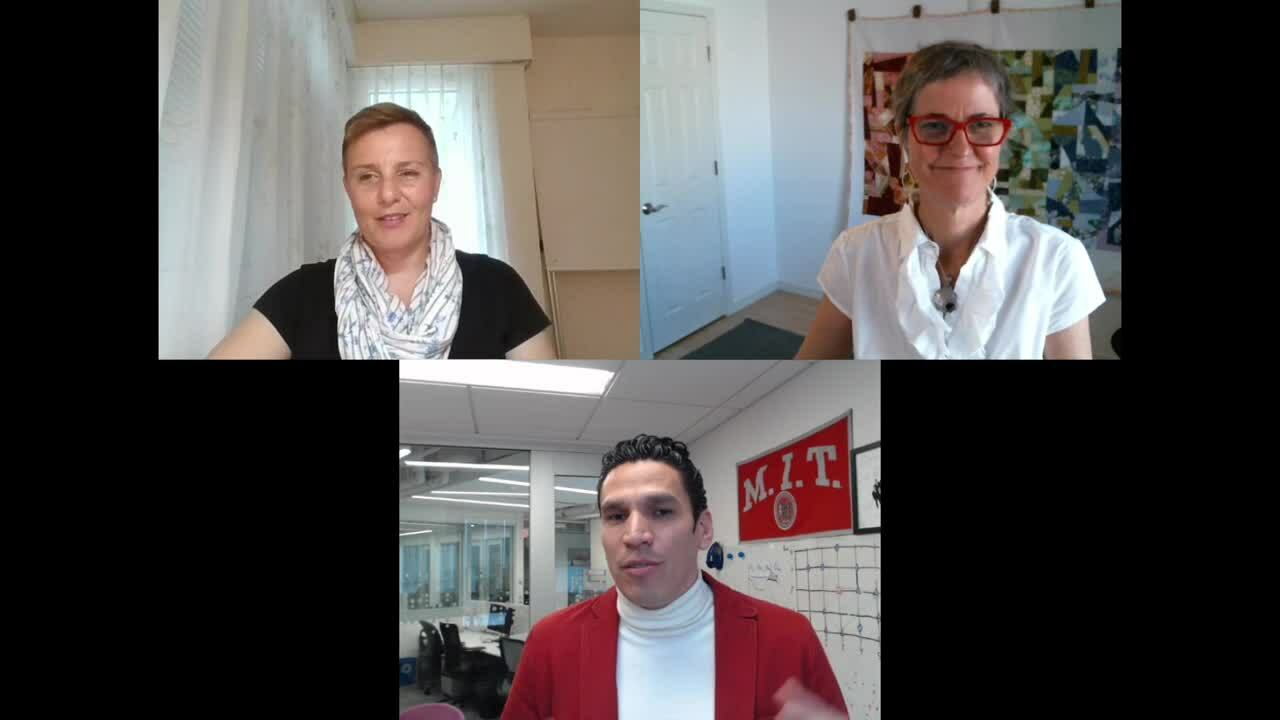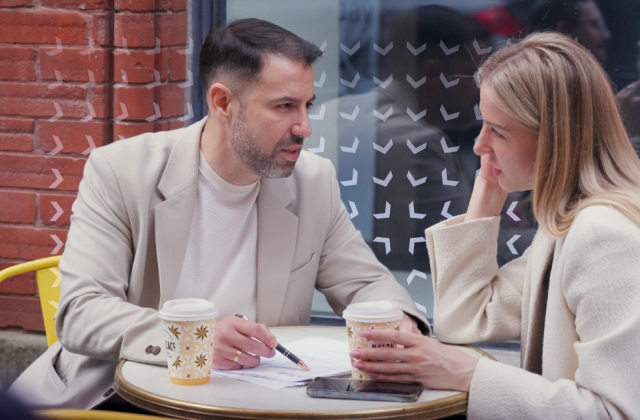Corporate sustainability is top-of-mind for most companies today, regardless of size. Yet, for something nearly everyone would like to accomplish, there’s still a tremendous gap between the idea of going green and translating that vision into reality.
Operationalizing sustainability starts with the supply chain. “We know the vast majority of the carbon footprint of a company comes from its supply chain,” says Polly Mitchell-Guthrie, Vice President of Industry Outreach and Thought Leadership at Kinaxis. “And we know that individuals care about this [issue]. We want to connect what individuals care about to what we can do as companies and supply chain leaders.”
To explore this topic, Polly hosted Supply Chain Sustainability: Better planning for a greener world, a recent on-demand webinar with guests Zsofia Agnes Nagy, Supply Chain Adviser with BZLW GmbH and Josué Velázquez Martínez, Director of the Sustainable Supply Chain Lab at MIT.
Combining their perspective expertise in supply chain thought leadership, academic research and industry-focused consulting, the speakers talked about why it’s such a challenge to work sustainability into day-to-day operations.
Overall, companies want to do the right thing for the planet. They just don’t always know where to begin. It can be challenging to get accurate estimations on the Greenhouse Gas Protocol – scope 1, 2 and 3 – and then knowing how to use that information to drive reductions, says Josué. “[You have] to translate that information into something that you can provide to a planner or decision maker.”
Zsofia recommends examining all the data available, even from third-party logistics providers, and looking for “variables and trade-offs that can make an impact.”
“Do not wait for the perfect solution. Take the first steps, baby steps…because those will bring you to the next stage where you can really take more action. Pick up the data you already have, look at it and take an inventory of what you have already. And educate yourself. Reach out to experts.”
– Zsofia Agnes Nagy, Supply Chain Adviser with BZLW GmbH
This leads to finding places to gain small “wins” to reduce emissions. It helps that many green initiatives are about reducing waste – which often means cost reductions. The point, according to the speakers, is to start somewhere and develop new habits to keep sustainability considerations in mind on a regular basis.
“Making those trade-off decisions doesn’t have to cost more,” says Polly. “In fact, it can even save money in the process.”
Watch this on-demand webinar for more detailed insights regarding how to hone the right metrics and data measurements; tips to help planners cultivate sustainability-focused mindsets (training your mental planning processes so “green questions” come to mind more automatically); and much more.






